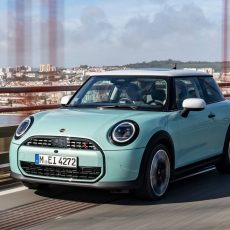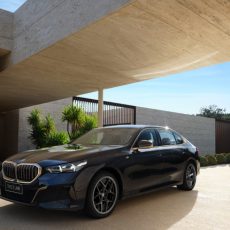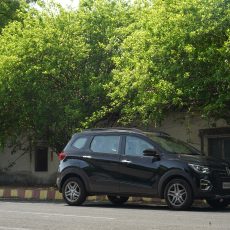The Tata Tiago EV is the most affordable electric vehicle (EV) one can buy right now. We check out all the details.

Story: Kurt Morris
Photography: Apurva Ambep
The Tata Tiago EV is a game-changing electric vehicle that has propelled Tata Motors to new heights in the realm of electric mobility. At Car India, we were happy to bestow upon Tata Motors the prestigious title of EV Manufacturer of the Year thanks to their exceptional creation. With its impressive range, technology, and undeniable charm, the Tiago EV has not only attracted the attention of our discerning experts but has also witnessed a remarkable surge in sales. The rising popularity and steady growth in the Tiago EV’s sales demonstrate a resounding endorsement of Tata Motors’ commitment to sustainable and forward-thinking transport solutions.
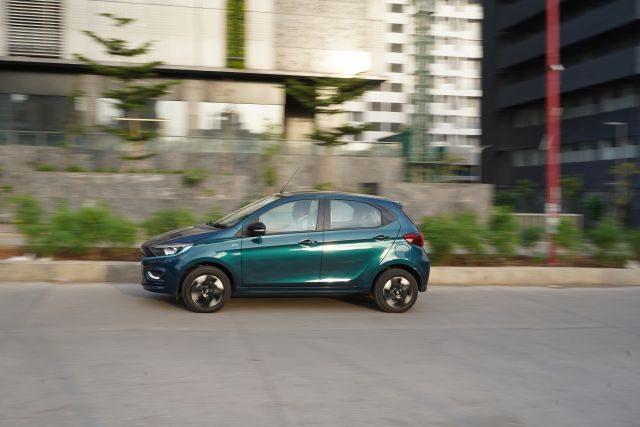
The Tiago EV is a well-rounded vehicle, in contrast to the unfavourable perceptions of affordability that are sometimes attached to EVs, especially given the cost at which the technology is offered. The car’s body is the same shape as the ICE-powered Tiago introduced in 2016. Tata were able to update the electric version despite its six-year-old design. The vehicle’s top grille is painted in the distinctive blue colours Tata have used to design all their electric vehicles, while the front grille is adorned with the instantly recognisable tri-arrow decoration.
A black plastic panel modelled after an electric vehicle has been installed in lieu of the front grille. It sports the “ev” badge that is also seen on the fenders. The only noticeable change is the 14-inch wheels, which are actually steel wheels, skilfully covered up to look like alloy wheels. To distinguish it from other cars, the rear hatch now features a distinctive “Tiago EV” insignia.
Eliminating the gear lever in favour of the rotary drive selector knob in the electric form is the only noteworthy difference between the interiors of the Tata Tiago EV and its ICE equivalent. The interior also has blue accents with inserts on the centre console and dash. The lovely addition of the all-white leatherette upholstery enhances the sensation of spaciousness.
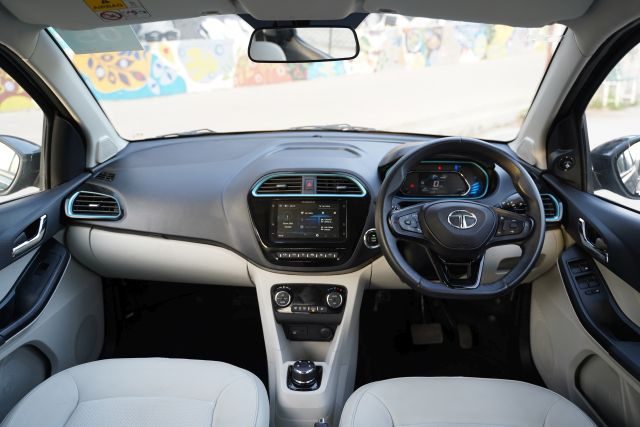
The regen modes can be changed from among three different modes using a switch on the centre console. Similar to the entry-level Tiago, the EV has a seven-inch touchscreen infotainment system with Apple CarPlay and Android Auto connectivity. Additionally, there are features such as automatic climate control, cruise control, a driver’s seat that can be adjusted for height, and steering-mounted audio controls, to name a few. An eight-speaker Harman stereo system is also included with the highest trim of the EV. One can truly enjoy this sound system while driving it.
The cabin of the Tiago EV is cosy, spacious, and practical. Ample support is provided by the front seats. My shoulders never touched another passenger’s during the trip. The floor height was largely the same as it was in the Tiago standard when I proceeded to the second row, much to my surprise. This was true even with the batteries below. Because of the leatherette upholstery in the back, it feels opulent, but it’s disappointing that there isn’t an adjustable head-rest. The boot has a capacity of 240 litres, which isn’t much less than the 242 litres of the ICE Tiago.
It also receives good marks for safety thanks to its foundation in Tiago’s four-star NCAP certification architecture. We also used the ZConnect mobile app that offers all the most recent connected auto technology. It provides a new driving behaviour report and remote access to the vehicle’s controls, both of which will surely help new EV customers get used to driving an EV.
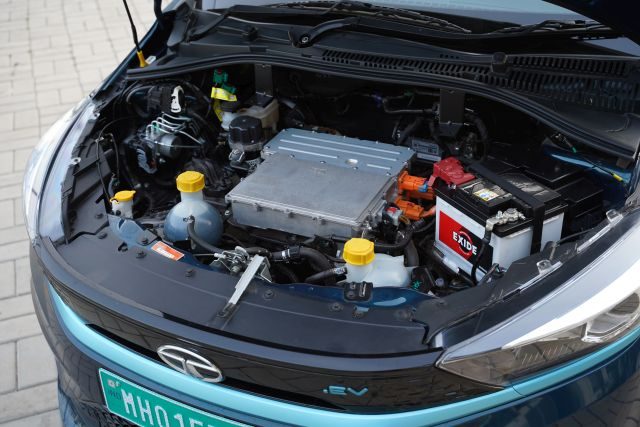
In the top-of-the-range version that we tested, the motor is set to deliver 55 kW (75 hp) of peak power and 114 Nm of maximum torque. The Tiago EV can accelerate from 0 to 60 km/h in 5.7 seconds, which is quick for a compact hatchback, especially considering that the vehicle’s kerb weight has gone up by 150 kilograms. Throughout our test drive, we alternated between highway and city traffic for about 180 kilometres in Pune and we still had 30 per cent charge left, which was quite impressive. The practical option is the 7.2-kW charger which takes 3.6 hours. If you do manage to locate a DC fast-charger, it will charge from 10 per cent to 80 per cent in about 58 minutes.
When the dial is at the “S” position, the acceleration is quick. In S mode, the Tiago EV naturally wants to travel quickly wherever you place it, which certainly changes its personality. When in this mode, it accelerates gradually, making it ideal for city driving and keeping up with traffic, whether at highway speed or city speed.
Tata Motors are making an attempt to offer a variety of electric vehicles that will meet the needs of different segments of the market while also making substantial efforts to consolidate their position in the Indian market for electric vehicles.
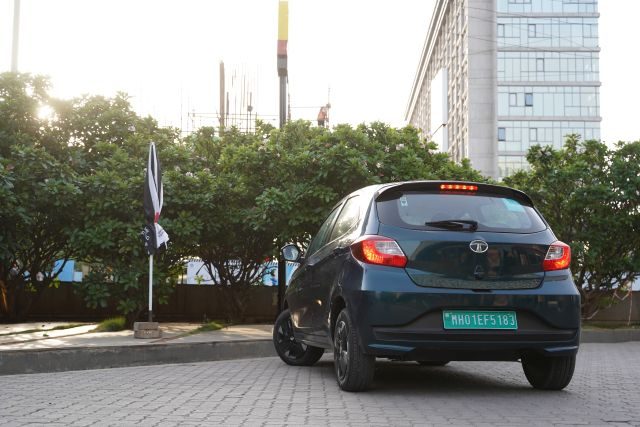
The range-topping version of the Tiago EV, the XZ Tech Lux Long Range 24-kWh 7.2-kW, we have here costs Rs 11.99 lakh (ex-showroom), which is almost Rs 3 lakh more than the conventional ICE version. However, considering the value proposition of an electric car and the savings that go with it, this price is reasonable. We believe that the Tiago is a good entry-level EV that is available to buy now.


